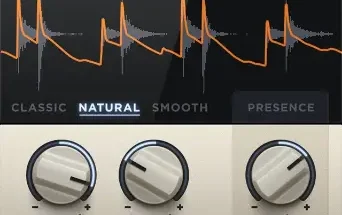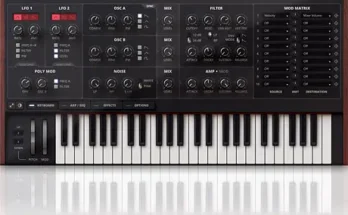De-Esser Collection 1.1 Mac OSX
AU VST3 VST2.4 RTAS Mac OSX [K] A-Team
Conventional De-Essing
Traditional de-essers use compression techniques. In addition to the threshold parameter used to set the processing level, there is a frequency controller for setting the center frequency of the process (with bandwidths generally up to 4 kHz). Processing therefore compresses the entire selected range, notjust the sibilant or S sounds. This results in the familiar and undesired side-effects such as lisping and a nasal-sounding vocal.

SPL´s De-Essing
SPL´s Auto Dynamic De-Esser monitors the entire frequency spectrum and automatically detects the sibilant frequencies. The bandwidth is set so narrowly around the range of the sibilance that neighboring frequencies remain unaffected. This frequency band is mixed back into the main signal phase-inverted to cancel out the sibilance. The result is a sound-neutral, inconspicuous and extremely effective process. Even at high s-reduction values the de-essing has an egligible effect on the character and timbre of the voice.
Auto-Threshold
Part of this outstanding concept is an automatic threshold-adjusting function: Differences in the input level caused by the singer moving in relation to the microphone are automatically compensated, so that the selected reduction value remains constant. In traditional de-essers, the processing intensity drops off with increasing distance, and compressors placed after the de-esser for signal correction tend to respond incorrectly to the changed values.
Male/Female
The SPL system doesnt just look for sibilance in a wide “general sibilance” region of the spectrum. Instead, the user simply sets a front-panel switch to Male or Female to adjust for the vocal characteristics of male or female voices.
NOTE: AAX not included!
Many thanks to A-Team!! : )
[toggle title=”Home page”]https://tinyurl.com/y4wgfb8f[/toggle]
http://alfalink.to/522ca7b72bfcd38c4154
Please REPORT in Comment Broken Links




